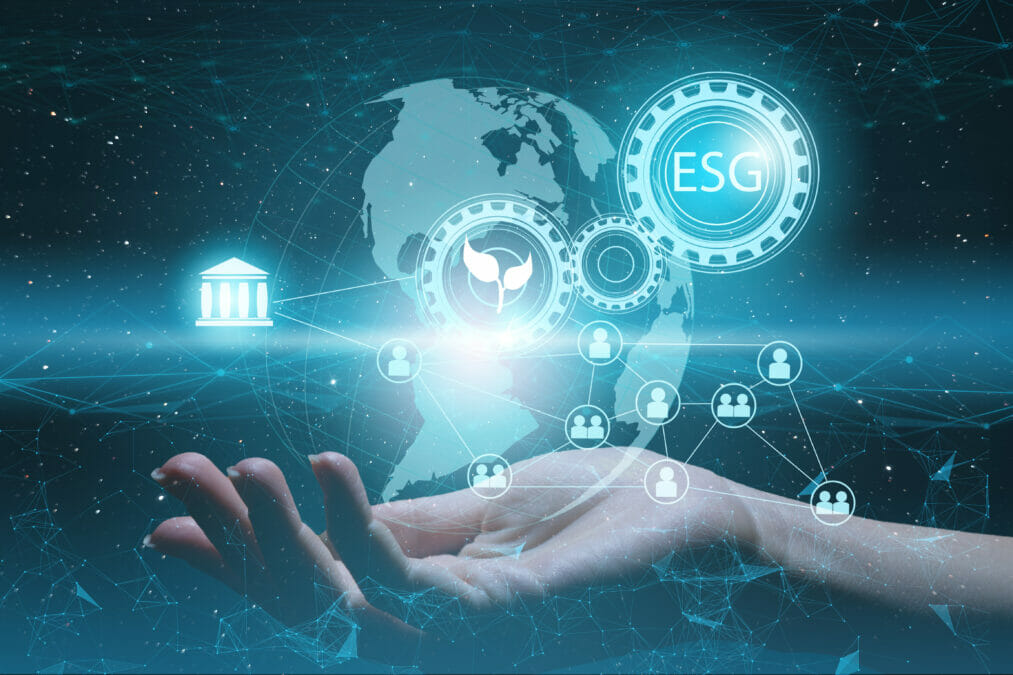Thanks to the Digital Revolution, many things that seemed impossible just a few years ago are now commonplace. No one can deny that our productivity – and indeed, enjoyment – has been dramatically improved by technologies ranging from AI to Big Data, 5G and the IoT. While new applications for these technologies are being found seemingly every day, it’s increasingly important to ask how we can utilise technology in a responsible way, to change and improve people’s lives in critical areas like education, healthcare and the environment.
Creating a new generation of programmers
The good news is that work is already underway to apply technology in meaningful ways. Take, for instance, the support being provided for young African women programmers in marginalised communities. They are benefitting from free online training and free access to cloud computing resources. The aim of this project is to create one million female coders by 2030 with the objective of improving their life outcomes by helping them along a career path in engineering and other practical subjects. The iamtheCODE initiative provides them with tailored courses on a range of technical topics including cloud computing, data analysis, machine learning and security. To date, over 13,000 women have access to the iamtheCODE Curriculum, which will ensure a rich talent pool of programmers for the future.
A guide to responsible technology practices
Access to healthcare wherever you are
Healthcare has of course been at the forefront of all of our minds during the pandemic. But healthcare is a 24/7 concern, and not a temporary one. In Indonesia, a cloud-based initiative is helping to improve access to healthcare services, especially during major pandemics; not only for residents living in big cities, but also for those in remote and rural areas who may lack access to necessary medical information. Here, the cloud computing resources are being deployed to support the healthcare information platform operated by Medico.id. Patients can access the platform via an application to get teleconsultation services including having video calls with reputable doctors from partnering hospitals across the country. It’s initiatives like this, which – especially during a pandemic – can help to put patients’ mind at rest, delivering mental as well as physical wellbeing.
Of course, the COVID-19 pandemic put healthcare providers globally under considerable strain. At a local level, it also put a spotlight on how location has a bearing on the service patients receive. While most doctors dream of curing sickness and saving patients, the fact is that many rural doctors have less contact with patients than medical care practitioners based in cities. With smaller patient numbers, it can be difficult for rural doctors to make an appropriate diagnosis of some diseases in a short time. Attempting to address this dynamic, is the Carefun App. It creates ‘virtual patients’, where human-computer interactions enable doctors to make independent decisions by themselves via a diagnosis process that’s conducted in a virtual manner with virtual patients. For doctors treating a virtual patient online, the app provides them with an exploration process they may not have been exposed to previously. Therefore, it enables doctors to get more familiar with different scenarios, improve their diagnosis abilities and build up expertise and experience. There’s no doubt that in this scenario, technology is playing a more powerful and effective role in changing our lives, while addressing the imbalance between urban and rural medical resources.
Accelerating food aid relief
An ongoing challenge that many parts of the world still face, is famine. To address this, the United Nations’ World Food Programme (WFP) assists almost 100 million people in around 83 countries each year, delivering food assistance in emergencies. In 2018, the WFP was involved in a project to develop a digital ‘World Hunger Map’ to monitor the status of global hunger and shorten emergency response times.
Based on the most up-to-date information on food security using one central platform, the broader humanitarian community can monitor progress and identify hunger trends early, to make better informed decisions and improve efficiency in response times to get aid to the places its needed the most.
The battle to save the environment
Another ongoing problem being address by technology, is environmental damage caused by waste. By way of example, in China, each person produces 1KG of rubbish per day. Household garbage in 660 cities in China has already exceeded 250 million tons per year.
By applying AI algorithm to the boilers at thermal Waste-to-Energy (WtE) plants and using technology and algorithms, the waste incineration process is optimised to be more stable and efficient. A fixed amount of waste can then generate a bigger amount of steam in a more consistent way, which is then turned into more electricity. With the AI algorithm, a medium and large-sized waste-to-energy power group can generate at least an extra 150,000kWh of electricity in one day, which is equal to the electricity needed for supporting Canton Tower Lights Show for two months.
Striving for carbon neutrality: the sustainability state of play for data centres
Preserving the wonders of wildlife
Of course, it’s not just humans that call Earth home, but animals, too. IoT Technology is already being used by the Chinese Academy of Sciences to build the LoRa Wildlife Protection system. The technology can help track and protect finless porpoises, and can also be explored for other wildlife conservation projects.
Warning – extreme weather ahead
We live in times of climate uncertainty, as witnessed by many extreme weather events that we have experienced. In the case of resulting flooding the timely notification for evacuation in affected areas is the first priority. In some countries, historically, the traditional way of warning people through phone calls and radio was inefficient. Today, an ‘intelligent flood situation robot’ ensures the timely and safe evacuation of people in disaster areas. The robot can quickly notify people in disaster-struck areas in the form of voice alerts and reminders. Its abilities are formidable, with it able to handle more than 5,000 concurrent notification tasks – which is the equivalent of having 5,000 people making calls at the same time – and it can complete 100,000 emergency calls in one hour.
Change is good… but tech for change is even better
We often think of technology companies in terms of the products they produce or the profits they make. It’s only fair to delve deeper to appreciate the positive role that their investments in people and communities are playing in addressing some of the big picture issues that affect us all, today and tomorrow.








